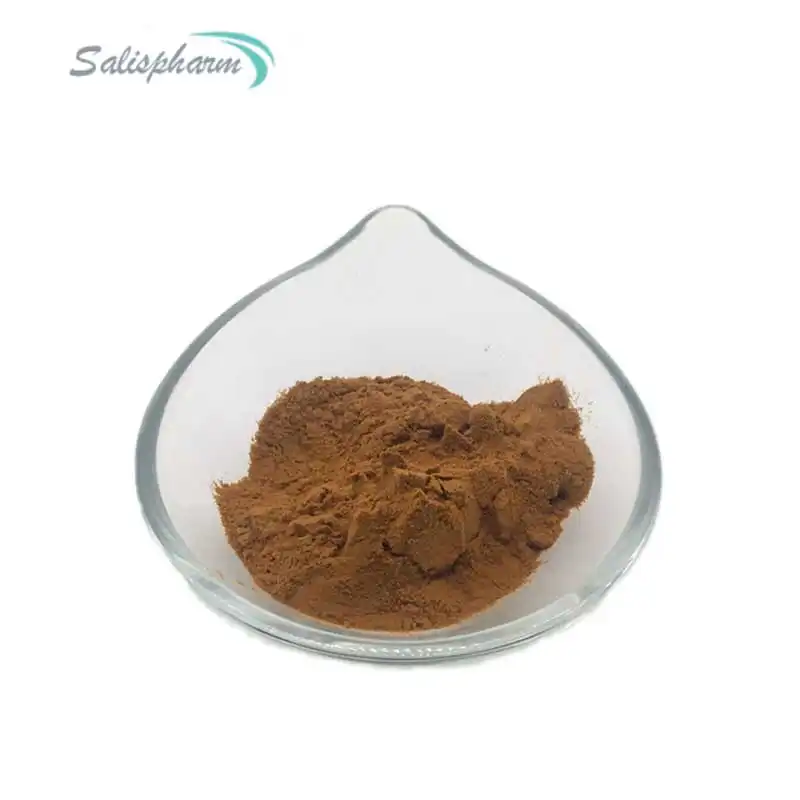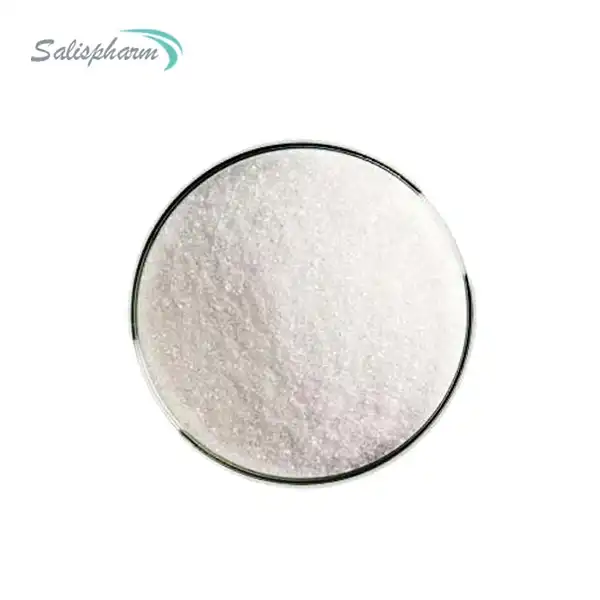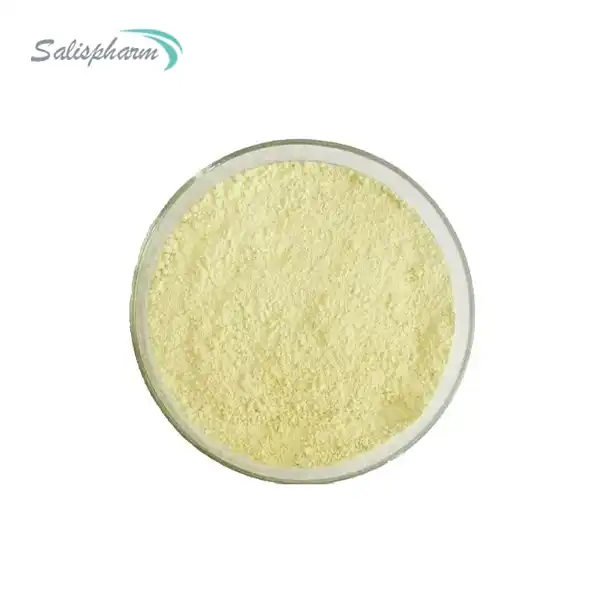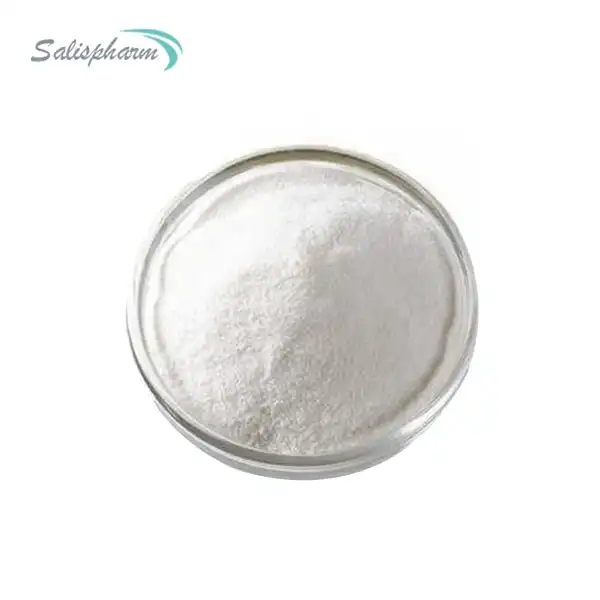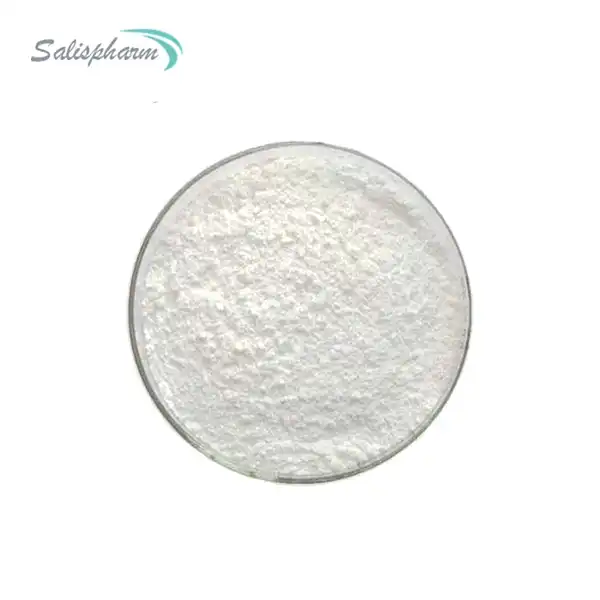Lidocaine powder is a common nearby anesthetic broadly utilized in restorative and dental settings to briefly numb regions of the body, counting the mouth, to anticipate torment amid different strategies. Its desensitizing impact is accomplished by blocking the nerve signals in the body that sense torment.
How Effective Is Lidocaine Powder in Dental Procedures?
Lidocaine power is commonly utilized in dental methods as a neighborhood anesthetic to numb the nerves in the mouth and encompassing tissues, making dental methods more comfortable for patients. Lidocaine powder can be broken up to get ready a arrangement for infusion, which is at that point managed by a dental specialist or dental professional.
The viability of lidocaine in dental methods depends on different variables, counting the concentration of the arrangement, the procedure of organization, the location of infusion, and person persistent components such as resistance to anesthesia and the nature of the dental method being performed.
When managed appropriately, lidocaine is by and large considered profoundly viable in giving nearby anesthesia for dental methods, counting schedule dental cleanings, depth fillings, root canal medicines, tooth extractions, and other minor verbal surgeries. It ordinarily produces fast onset of anesthesia, permitting dental strategies to be performed with negligible inconvenience for the quiet.
However, it's important to note that no anesthetic is 100% effective, and individual responses to lidocaine can vary. Some patients may experience variations in the duration or depth of anesthesia, or they may require additional anesthesia techniques or alternative medications to achieve adequate pain power.
Overall, lidocaine remains a cornerstone of local anesthesia in dentistry and is widely used due to its effectiveness, safety profile, and relatively rapid onset of action. Dental professionals routinely evaluate patients' needs and tailor anesthesia techniques accordingly to ensure optimal comfort and pain management during dental procedures.
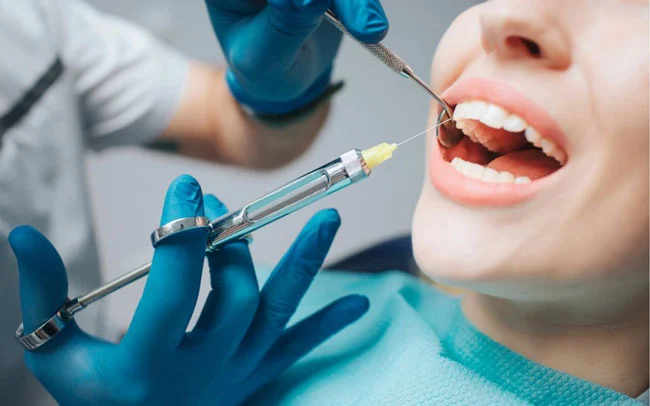
What Are the Possible Side Effects of Using Lidocaine Powder in the Mouth?
When Pure lidocaine power is used in the mouth, whether as a topical application or through injection, there are potential side effects that patients should be aware of. These side effects can vary depending on factors such as the dose, concentration, duration of exposure, and individual sensitivity. Here are some possible side effects of using lidocaine in the mouth:
Numbness or Loss of Sensation: One of the primary effects of lidocaine is numbness or loss of sensation in the area where it's applied or injected. While this is desired during dental procedures to minimize pain, excessive numbness can be uncomfortable and may interfere with normal functions such as speaking or swallowing.
Taste Alterations: Some patients may experience temporary alterations in taste perception after receiving lidocaine in the mouth. This can manifest as a metallic taste or changes in the ability to taste certain flavors.
Swelling or Irritation at the Injection Site: Injection of lidocaine can sometimes cause local reactions such as swelling, redness, or irritation at the injection site. These reactions are usually mild and transient but should be monitored by the dental professional.
Allergic Reactions: While rare, allergic reactions to lidocaine can occur. Symptoms of an allergic reaction may include rash, itching, swelling of the face or throat, difficulty breathing, or dizziness. Allergic reactions to lidocaine are more likely in individuals with a history of allergies to local anesthetics or other medications.
Systemic Effects: Lidocaine can be absorbed into the bloodstream, especially when used in large doses or through injection. In some cases, this can lead to systemic side effects such as dizziness, lightheadedness, headache, blurred vision, tremors, or changes in heart rate or rhythm. These effects are more likely with higher doses or rapid absorption, and they should be promptly reported to the dental provider.
Nausea and Vomiting: Some patients may experience nausea or vomiting as a side effect of lidocaine administration, particularly if they swallow excess saliva containing lidocaine during dental procedures.
Mucosal Irritation: Direct contact of lidocaine with the mucous membranes of the mouth may cause irritation or inflammation, especially if used in high concentrations or for prolonged periods.
It's essential for dental professionals to discuss the potential side effects of lidocaine with patients before administering it and to closely monitor patients during and after procedures to address any adverse reactions promptly. Patients should also inform their dentist of any known allergies or sensitivities to medications before receiving lidocaine.
How Does Lidocaine Powder Compare to Other Local Anesthetics for Oral Use?
Lidocaine power is one of the most commonly used local anesthetics for oral use, but there are several other local anesthetics that may be used in dental procedures as well. Here's how Pure lidocaine power powder compares to some other local anesthetics commonly used in dentistry:
Articaine: Articaine is another widely used local anesthetic in dentistry. It is similar to lidocaine in its mechanism of action but has been reported to have a slightly higher potency and faster onset of action. Articaine is often used in dental procedures where profound anesthesia is required, such as surgical extractions or root canal treatments.
Bupivacaine: Bupivacaine is a long-acting local anesthetic that is sometimes used in dentistry for post-operative pain management. Unlike lidocaine, which has a relatively short duration of action, bupivacaine provides prolonged anesthesia and analgesia, making it suitable for procedures with extended recovery periods.
Mepivacaine: Mepivacaine is similar to lidocaine in its onset and duration of action but may have a slightly longer duration of anesthesia. It is often used in dentistry for procedures such as tooth extractions, periodontal treatments, and oral surgeries.
Prilocaine: Prilocaine is another local anesthetic that is commonly used in dentistry, often in combination with lidocaine (e.g., lidocaine/prilocaine cream). Prilocaine has a similar onset and duration of action to lidocaine but may be associated with a lower risk of systemic toxicity, particularly when used in larger volumes.
Tetracaine: Tetracaine is a potent topical anesthetic that is sometimes used in dentistry for surface anesthesia, such as prior to the placement of topical fluoride treatments or the administration of local injections. It provides rapid onset of anesthesia but has a shorter duration of action compared to injectable local anesthetics like lidocaine.
The choice of local anesthetic in dentistry depends on various factors, including the type and duration of the procedure, the patient's medical history and preferences, the clinician's experience, and the desired onset and duration of anesthesia. Dental professionals carefully consider these factors when selecting the most appropriate local anesthetic for each patient and procedure.
conclusion
In conclusion, Pure lidocaine power is highly effective for numbing the mouth in dental and medical procedures, offering a reliable option for managing pain and discomfort. While it is generally safe, awareness of potential side effects and appropriate usage is crucial. Comparing lidocaine with other local anesthetics also provides insights into why it may be the preferred choice in many clinical scenarios.
If you are interested in our products, please contact: sasha_slsbio@aliyun.com
References
American Dental Association on the Use of Local Anesthetics
Clinical Guidelines for the Use of Lidocaine in Dentistry
Comparative Study of Lidocaine and Other Anesthetics, Journal of Oral Health
FDA Overview on Local Anesthetics
Safety Profile of Dental Anesthetics, Dental Research Journal
Side Effects of Lidocaine, Pharmacological Reviews
Lidocaine Toxicity and Management, Emergency Medicine
Patient Experiences with Lidocaine in Dental Procedures, Dental Patient Reports
Pharmacokinetics of Lidocaine, Clinical Pharmacology Journal
Innovations in Local Anesthesia in Dentistry, Dentistry Today


